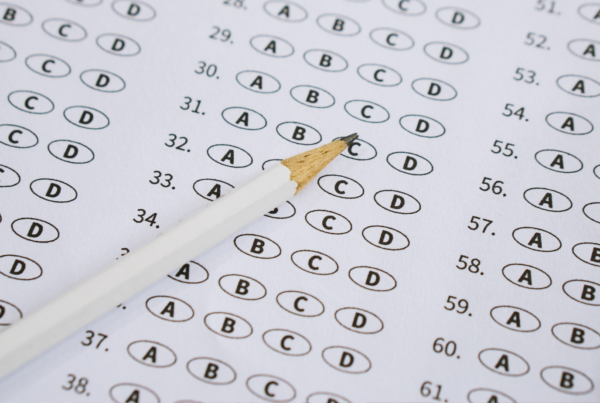 by Caroline Fuchs
by Caroline Fuchs
One reason the law school admissions process feels overwhelming is that there is a significant amount of insider knowledge you need to be a successful applicant. While the rules of applying may seem straightforward, the reality of how the process works is not apparent to the uninitiated. Two frequently misunderstood “realities” of applying are the application deadline and how often applicants should take the LSAT.
Fact: The deadline to apply is in April
It is a fact that the application deadline for most law schools is in mid-to-late spring, but almost all law school admissions are rolling. This means that schools make decisions on applications as they come in – as early as October and November. The number of admissions offers available begins to decrease almost as soon as applications open. Think about it this way: if a school’s application deadline is April 1st, its admitted students’ open house is the following weekend, and its first seat deposit is due April 15th, then it seems fair to assume that the school has already extended most if not all of its offers of admission before the April 1st application deadline. The reality is that most applicants are at a competitive disadvantage by applying late in the cycle.
Therefore, though technically applications are due in April, the reality is that your chances of admissions are much higher if you apply well before the deadline. This does not mean applicants should submit the day applications open. You shouldn’t. There is no common application for law school, so you should take the time to tailor your submission for each school. A perfectly polished application is always better than a rushed one with errors or typos.
Another area where the competition increases the further we get to the cycle? Scholarship money. Despite what you may have heard, almost no one goes to law school for free. Even those who get full-tuition scholarships have to pay for the cost of living. Law schools remind us every year that their scholarship funds are not bottomless wells. In reality, schools simply run out of money to offer the later it gets in the cycle. This is a warning applicants should particularly heed this year when many schools are facing budget cutbacks and crunches and may therefore be less generous with merit-based scholarships or other forms of financial aid.
What does “apply early” mean? In most cases, I suggest setting a goal of having applications submitted by mid to late November. This will put you at the front of the line for admission and scholarship consideration. A law school will always have room for an exceptional applicant, even a little later in the cycle. But, if you are not at the top of a law school’s GPA and LSAT percentile, or you do not have a standout resume, you need to plan to apply early.
Fact: LSAT can be taken up to seven times
LSAC will indeed allow you to take the LSAT three times in a year, five times in one five-year period, and seven times in your lifetime. But, unlike other standardized admissions tests, law schools see every LSAT score in the five years before applying. It is also a fact that many law schools will only use your highest LSAT score in assessing your application. However, there are also a lot of schools that will consider all scores in the totality of the application.
What does this mean for applicants? LSAT takers should study for and prepare to take the LSAT as if they are only taking it once. While it is not uncommon to re-take the LSAT, putting up one high score can send a clear and cohesive message about your academic chops.
Law schools rely heavily on your LSAT score and your Undergraduate GPA to tell them whether or not an applicant has the requisite skills to succeed in law school. Law schools also see correlations between LSAT scores and bar passage. While your UGPA and LSAT score are just two pieces of your application, the reality is that they are foundational for admissions officers answering the question, “can this person survive, and ideally thrive in our institution?”
A single strong LSAT score can go a long way to mitigate a lower GPA. When an application is muddled with many and different LSAT scores, it is difficult for the reader to get a clear picture of an applicant’s ability. Consider this: Applicant A applies with a 3.2 GPA and took the LSAT once scoring a 172. Applicant B with the same GPA applies with a 158, 160, 165, and finally a 172. How is this interpreted? Where does Applicant B’s ability lie? Are the scores in the high 150s – low 160s indicative of the person’s academic ability? Certainly, this would be more in line with the GPA. Or does the repeated testing show perseverance? Ultimately the answer will lie in the assessment of the application as a whole (personal statement, letters of recommendation, etc). But, you can see why sending a clear “LSAT message” creates an advantage.
Want to learn more about the realities of law school admissions? We’d be excited to work with you! Best wishes for a restful winter break.





